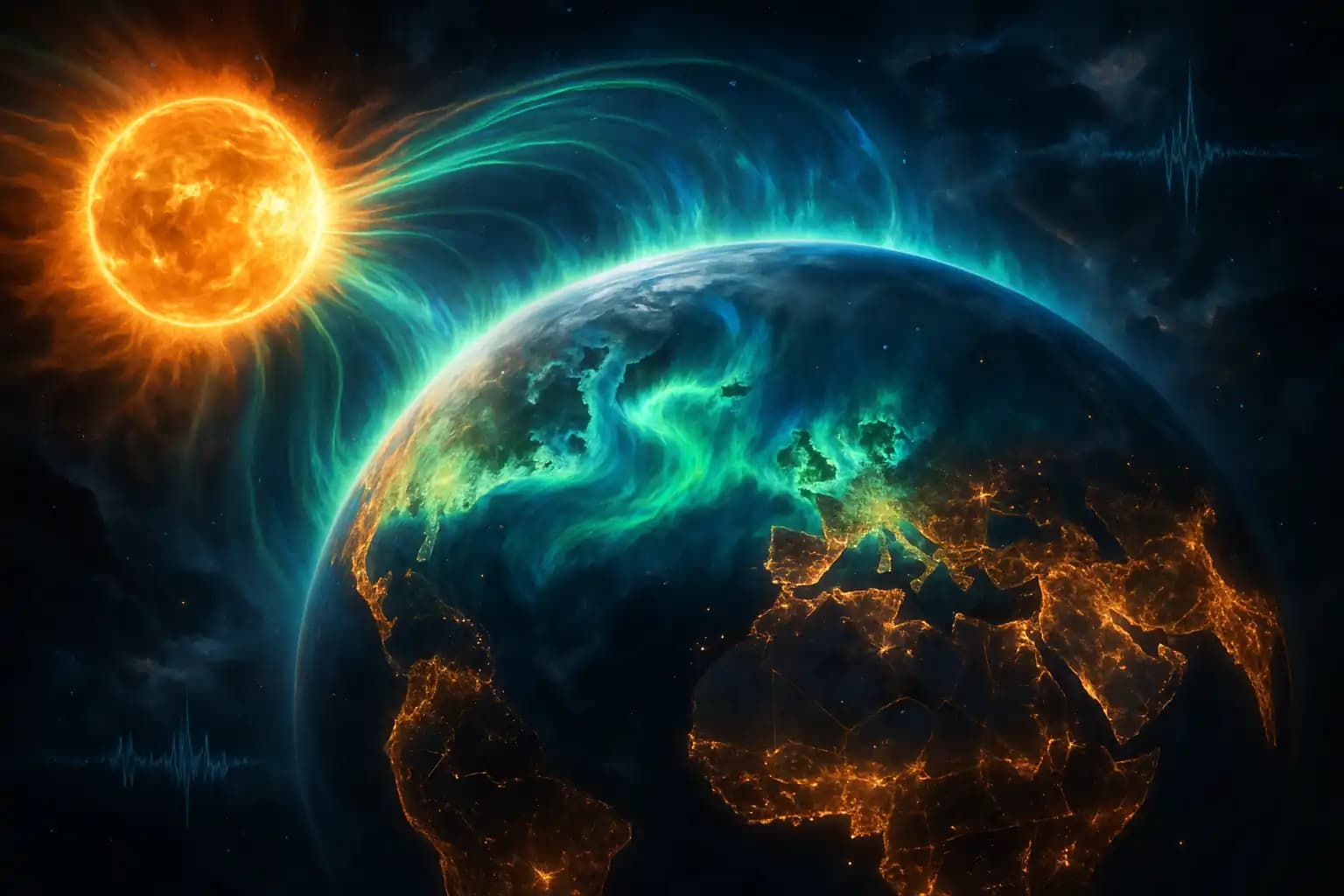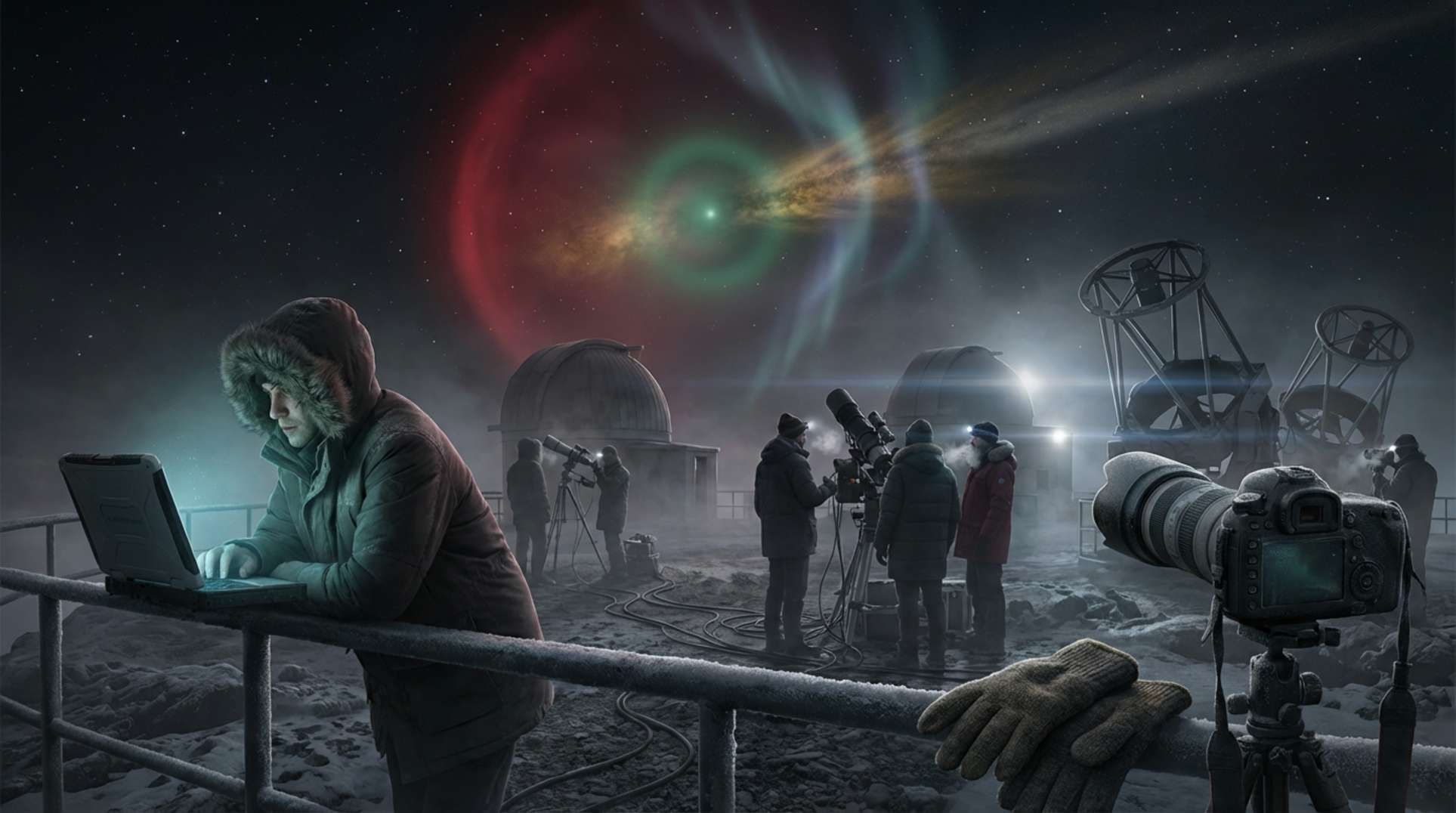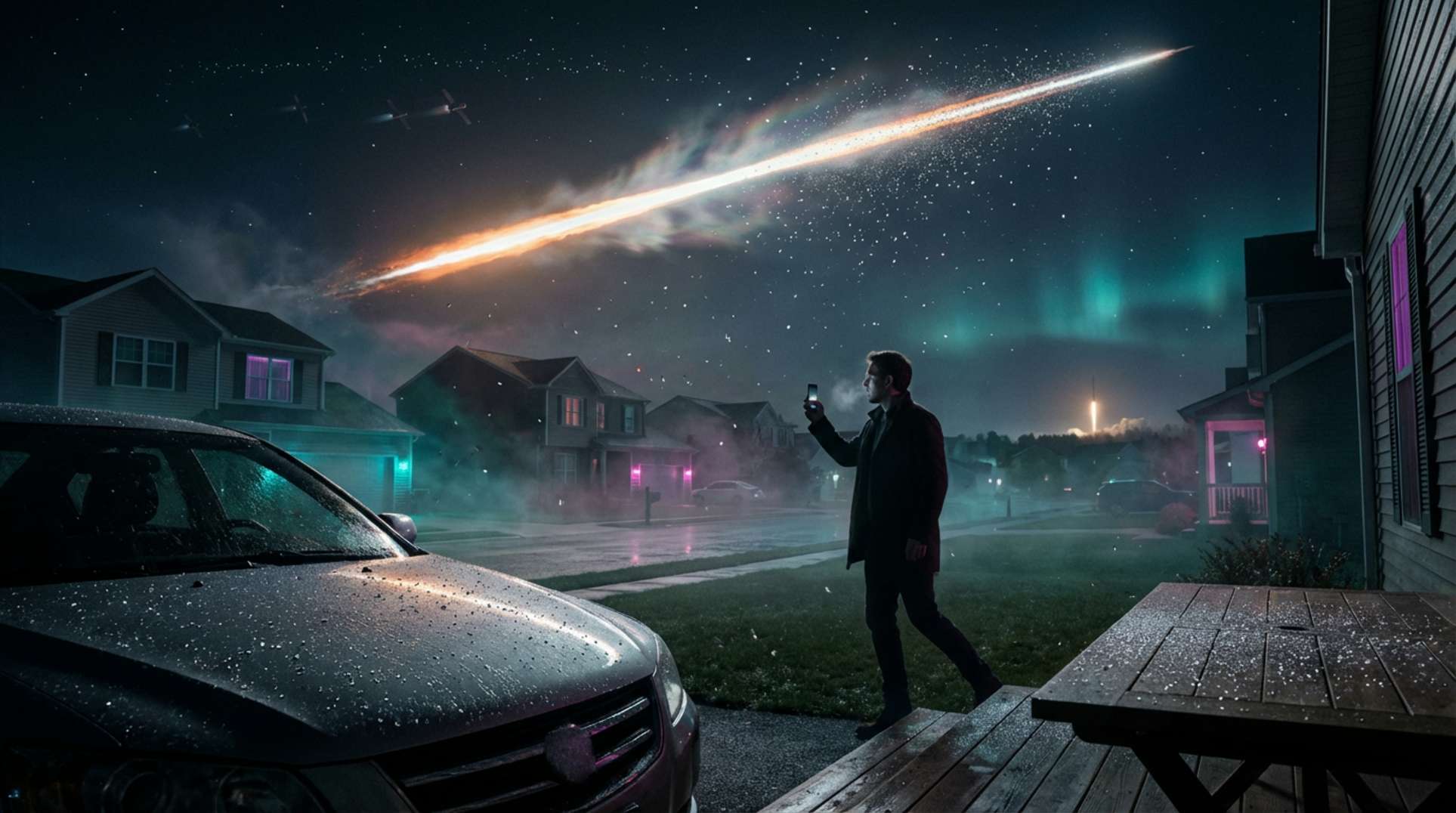If you thought the northern lights over Paris were wild, brace yourself: Earth faces a direct hit from a high-speed stream of solar wind. Geophysicist Stefan Burns warns that heightened earthquake risks could follow. This isn’t our planet’s first exposure; scientists tracked at least eight previous instances where similar solar surges coincided with increased earthquake activity. Is your earthquake insurance up to date?
Solar wind events, studied by space weather, can trigger dazzling auroras and infrastructure disruptions. They may also influence what rumbles beneath our feet. While the evidence isn’t as solid as your neighbor’s bunker, more experts scrutinize each solar cycle—and for good reason.
Solar Wind and Geomagnetic Storms: What’s Happening Now?
Solar activity has exploded recently, as reported in the EarthSky sun news report. A powerful stream of solar particles—driven by the solar wind—is colliding with Earth’s magnetosphere for the ninth time in months. Past high-speed streams have intensified geomagnetic storms, leading to minor to extreme (G5) events that disrupt satellites and power grids. Major outlets like USA Today highlighted May’s G4 and G5 events, some of the strongest in decades. Whether it results in a total grid meltdown or stunning auroras, impacts are catching the attention of power companies and pilots. NASA and the NOAA Space Weather Prediction Center continue to issue rolling warnings.
The link between solar wind and geomagnetic storms is no conspiracy theory. But the question remains: does all this cosmic action make the ground beneath us shake?
Is There a Scientific Link Between Solar Activity and Earthquakes?
On paper, solar wind and earthquakes shouldn’t mix. Geomagnetic storms impact Earth’s magnetic shield, not its tectonic plates. Yet, many researchers believe intense solar wind could subtly trigger stress on fault lines. A SpringerOpen study reports past episodes—like the infamous March 1989 Canadian blackout—where severe geomagnetic storms created surges large enough to affect not just the grid, but possibly seismic systems too. The jury’s still out, but after the seventh and eighth solar wind episodes, some noted earthquake clustering worth investigating.
While the correlation is intriguing, causation remains unsettled. Other sources, like SpaceWeather.com, observe space’s effects on Earth. However, most experts stress that solar-induced seismic triggers are subtle, not apocalyptic. As recent research into pole reversals and near-miss superstorms indicates, our planet’s finely-tuned systems can get pushed in unexpected ways.
Wider Risks: Power Surges, Auroras—and Supernatural Speculation
Even if earthquakes are uncertain, the risks of geomagnetic storms are real. Major solar events have historically knocked out power across continents, disabled GPS and radio, and forced airlines to reroute polar flights. The infamous 1989 Quebec blackout serves as a cautionary tale echoed in current preparation guides like EMP survival plans. During heightened solar activity, some resort to fringe theories, linking cosmic triggers to doomsday codes or to correlations between natural disasters and societal upheaval, as explored in cycle reset chronicles.
Regardless, the true cosmic fireworks are the auroras—they now venture far beyond their usual zones, delighting city dwellers in latitudes that once only saw December sunsets. As researchers connect climate, the sun, and society, they recommend robust infrastructure upgrades and improved early warning systems, not just another round of canned beans and bottled water.
Keeping Watch: The Future of Solar Storm Monitoring
Space weather science is advancing rapidly, using satellite monitoring and fast-response modeling. Experts stress vigilance as our civilization becomes increasingly tech-dependent. One major flare, and humanity’s digital life could fry faster than a bug on a zapper. If you think it can’t happen, just remember: the field emerged when Victorian telegraph lines ignited during the 1859 Carrington Event. We’ve added a few more chips and wires since then.
So grab your aurora selfies, count your seismic tremors, and follow Unexplained.co for cosmic curveballs and survival hacks. When the sun acts up, the entire planet is on alert—and sometimes, the only thing you can prepare for is the unpredictable.




